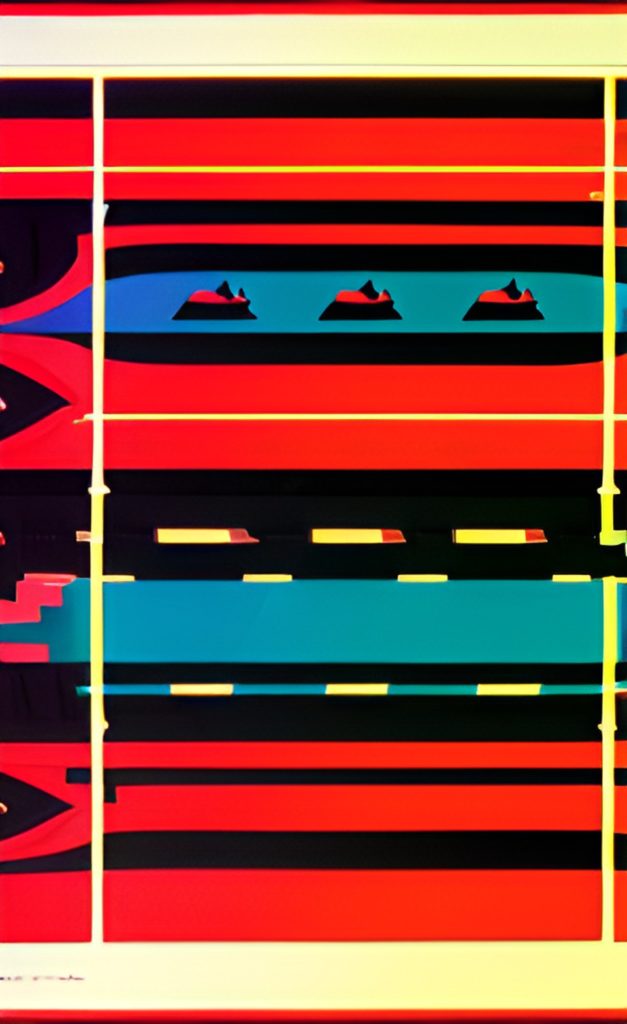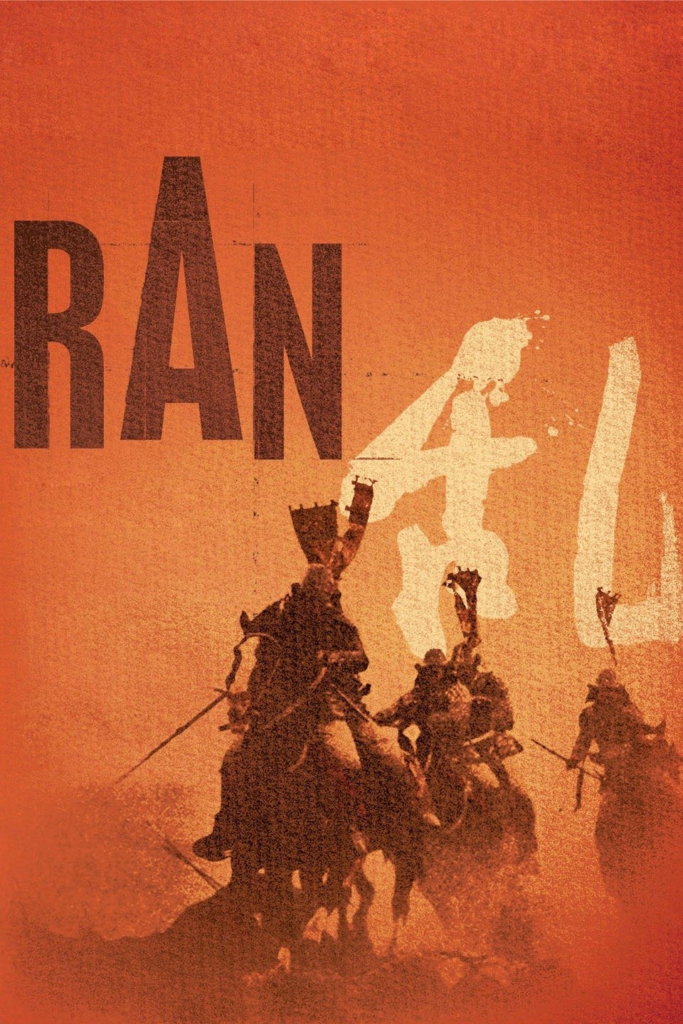Title: The Dilemma of Feedback Loops: Hindering the Perception of Systems
Introduction: In a complex and interconnected world, feedback loops play a crucial role in shaping various systems and processes. However, the intricate nature of feedback loops can often hinder our ability to perceive and understand the larger systems at play. This essay explores the challenges that arise when the presence of feedback loops obscures our vision of the broader system, leading to a limited understanding of complex issues.
Understanding Feedback Loops: Feedback loops occur when the output of a system is fed back as input, influencing subsequent outputs. Positive feedback loops amplify the initial input, leading to exponential growth or instability, while negative feedback loops dampen or regulate the system, maintaining stability. These loops can operate in a range of contexts, from social dynamics and economic systems to ecological processes and technological advancements.
The Concealed System: The very nature of feedback loops can make it difficult to discern the underlying system they are a part of. As the loops perpetuate themselves, they create self-reinforcing patterns that may obscure the interconnected elements of a larger system. This phenomenon can lead to a myopic focus on the immediate cause-and-effect relationships within the loop, overlooking the broader context and interdependencies.
The Consequences of Limited Perception: When we fail to perceive the entire system due to the dominance of feedback loops, several adverse consequences can emerge. Firstly, decision-making becomes narrow and reactive, as attention is solely directed toward addressing immediate feedback signals. This can hinder long-term planning and undermine the ability to anticipate and prevent problems before they arise.
Secondly, a restricted perception of the system can perpetuate existing inequalities or imbalances. Feedback loops tend to reinforce existing dynamics, whether positive or negative. If these loops operate within systems characterized by inequities, they can further entrench disparities, making it challenging to break free from detrimental patterns.
Thirdly, the presence of feedback loops can create a false sense of stability or progress. When we only focus on the immediate outputs, we may fail to recognize the underlying vulnerabilities or unintended consequences that could lead to systemic breakdowns or crises in the future. This limited perspective can foster complacency and prevent proactive measures to address underlying issues.
Overcoming the Feedback Loop Dilemma: To address the challenges arising from feedback loops, a shift in mindset is required. Firstly, fostering a systems thinking approach is crucial. By actively seeking to understand the interconnected elements of a system and identifying the feedback loops within it, we can gain a more comprehensive understanding of complex issues. This includes recognizing the potential ripple effects and non-linear relationships that feedback loops can generate.
Secondly, promoting transparency and accountability is essential. By making the existence of feedback loops and their impact more visible, stakeholders can better appreciate the interdependencies and unintended consequences. This transparency can enable collective efforts to mitigate negative feedback loops and enhance positive ones, fostering more sustainable and equitable systems.
Lastly, embracing diversity in perspectives and expertise is vital. Collaborative approaches that bring together individuals from different disciplines can help reveal the hidden dimensions of feedback loops and broaden our understanding of complex systems. By incorporating diverse viewpoints, we can challenge assumptions, uncover new insights, and identify more effective strategies for managing feedback loops and their consequences.
In a world where problems often arise due to clashes between clever people with intelligent plans (CPwIP), it is crucial to consider the second-order consequences that arise when hyper-competent individuals lack the incentive to address these collateral issues. While the pursuit of excellence and efficiency can lead to groundbreaking achievements, it is equally important to recognize the potential repercussions of disregarding the broader impact of one’s actions. This essay aims to explore the second-order consequences that arise when highly competent individuals fail to consider the broader implications of their plans and actions.
The Power of Cleverness and Intelligent Planning: Clever people with intelligent plans possess a remarkable ability to devise innovative solutions and navigate complex challenges. They often strive for efficiency, striving to achieve their goals in the most effective and streamlined manner. Their exceptional skills and knowledge enable them to make significant advancements and drive progress in various fields. However, their relentless pursuit of success and optimization can sometimes blind them to the wider context in which their actions unfold.
The Importance of Considering Collateral Issues: Collateral issues refer to the unintended or indirect consequences that result from the implementation of a specific plan or action. While hyper-competent individuals may possess the knowledge and capability to address primary challenges, they may overlook or underestimate the potential secondary effects that their actions might generate. These collateral issues can range from social, economic, or environmental impacts to ethical dilemmas or inequalities. Neglecting such consequences can lead to a multitude of problems and hinder overall progress.
The Downside of Ignoring Collateral Issues: When hyper-competent individuals disregard the collateral issues stemming from their plans, several negative second-order consequences may arise. Firstly, by focusing solely on their objectives, they may inadvertently create imbalances within society, exacerbating inequalities and deepening social divisions. Secondly, overlooking environmental implications can lead to the degradation of natural resources, ecological imbalances, or even irreparable damage to the planet. Thirdly, neglecting ethical considerations may result in the exploitation of vulnerable populations or unethical practices.
Furthermore, disregarding the broader implications of one’s actions can erode public trust. When hyper-competent individuals prioritize their own goals without considering the wider impact, they risk alienating those affected by their decisions. This lack of transparency and accountability can breed resentment, diminish support, and hinder cooperation, ultimately impeding progress and stifling collaborative efforts.
Addressing the Challenge: To mitigate the second-order consequences of hyper-competent individuals overlooking collateral issues, a shift in mindset is necessary. It is crucial to promote a more holistic approach to problem-solving that takes into account the broader implications of actions and plans. This can be achieved through the integration of interdisciplinary perspectives, increased collaboration between experts from various domains, and a greater emphasis on ethics and social responsibility in decision-making processes.
Additionally, creating incentives for hyper-competent individuals to address collateral issues is paramount. Recognizing and rewarding the ability to anticipate and mitigate unintended consequences will encourage the development of comprehensive solutions. This can be achieved through policy frameworks that consider the long-term impact of actions, support for research and innovation in sustainability and social impact, and the incorporation of ethical guidelines in professional codes of conduct.
Conclusion: While the world greatly benefits from the cleverness and intelligent planning of hyper-competent individuals, it is essential to acknowledge and address the second-order consequences of their actions. Neglecting collateral issues can have far-reaching negative effects on society, the environment, and overall progress. By fostering a more holistic approach, encouraging interdisciplinary collaboration, and creating incentives for addressing unintended consequences, we can ensure that the solutions put forth by these individuals truly contribute to a better world. Ultimately, the responsibility lies with us all to recognize and rectify the potential negative ramifications of hyper
Conclusion: Feedback loops, while integral to many systems, can create a dilemma by obscuring our perception of the broader system. Recognizing the limitations imposed by these loops is crucial in addressing complex issues. By adopting a systems thinking approach, promoting transparency, and fostering interdisciplinary collaboration, we can navigate the intricate web of feedback loops more effectively. Only by understanding and accounting for the systemic context can we develop robust and sustainable solutions that lead to meaningful progress.




